The five key battlegrounds in Cardiff where the election could be won or lost
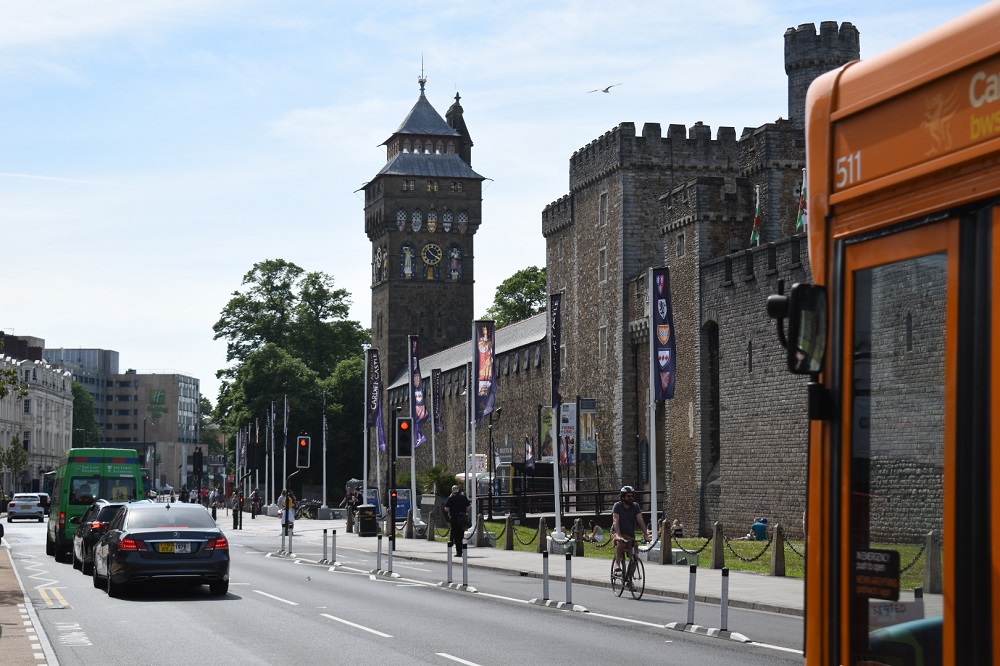
Alex Seabrook, local democracy reporter
The upcoming local elections could mean the balance of power in Cardiff completely changing with huge implications for the city.
Some of the wards in the city are known as ‘safe seats’ where one party has won most of the votes for many years, but other wards in the city are much more likely to switch hands.
There are five main wards to watch for surprises or changes to the political balance after the election on Thursday, May 5. The results will come in throughout the afternoon the following day.
Whichever party wins a majority of the 79 seats up for grabs will get to control Cardiff council for the next five years. Labour has held power for the past decade, with Liberal Democrats ruling the council before them from 2004 to 2012, and Labour in power again before that.
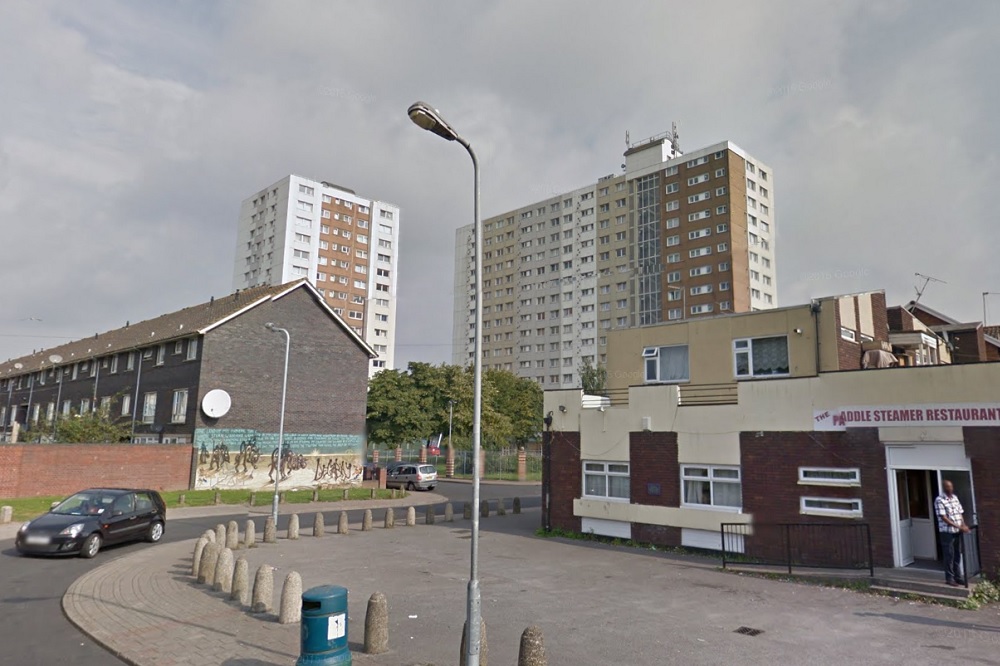
Butetown
The Butetown ward in Cardiff covers the area south of the railway, east of the river Taff and up to the Central Link road where Splott begins. The area is very diverse with a huge mix of ethnicities, richer and poorer parts, and newly built flats next to long-established communities. Due to the ward’s recent huge increase in population, boundary changes mean Butetown will go from having one councillor to three.
The ward has historically been Labour, but the influx of wealthier residents to newly built apartments in Cardiff Bay could help other parties—particularly the Liberal Democrats who have campaigned locally in support for victims of the cladding scandal. Several apartment blocks in the ward have severe fire safety problems, with thousands of people affected.
Butetown has only been represented by Labour councillors since the ward’s creation in 1983, apart from twice, when Betty Campbell—whose statue now stands in Central Square—represented the ward from in 1991 to 2004, and Delme Greening represented the ward as a Liberal Democrat from 2008 to 2012. Vaughan Gething, the current Welsh Government economy minister, also represented the ward as Labour councillor from 2004 to 2008.
The last elections held in 2017 saw Labour keep a hefty majority with 56% of the vote, with Plaid Cymru coming in second at 18%, followed by Conservatives at 14%, Liberal Democrats at 9% and Greens at 3%.
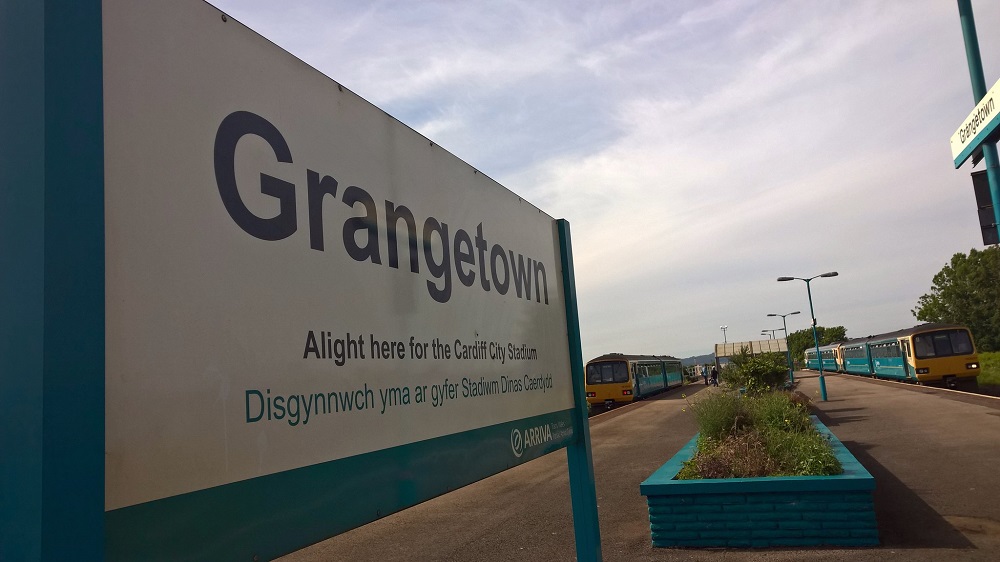
Grangetown
The Grangetown ward covers the area south of the railway and west of the Taff. The area is in many ways similar to Butetown on the other side of the river, and the south of the ward also includes richer areas of newly built apartments at the International Sports Village. Boundary changes mean the ward will go from three councillors to four, potentially making it possible for the Plaid-Green alliance to gain the extra seat.
Labour have held all three seats in Grangetown for the past decade, apart from for six months when Plaid Cymru won a by-election there in 2016—although Labour swiftly won back that seat in the local elections the following year. From 2004 until 2012, the Liberal Democrats held the area with a slender majority over Labour, until the party saw a collapse in support across the city and lost control of the council.
The last elections in 2017 saw Labour win 44.7% of the vote, with Plaid Cymru winning 35.7%, Liberal Democrats 67.1% and Conservatives 13.6%.
Fairwater
The Fairwater ward is in the west of the city, and covers the area north of the river Ely and west of Llandaff, and is represented by three councillors. The working class area is the stronghold of Propel, Neil McEvoy’s new party formed in 2020. Fairwater was historically a Labour area, until Plaid Cymru took over in 2008 and held the ward until the party kicked out Mr McEvoy a decade later.
This election will be the first proper test for Propel on a local level since its formation, and will show whether voters were previously basing their choices on Plaid Cymru or the local popularity of Mr McEvoy and his team. Another question is whether voters will forgive him and look past his recent history of scandals, or whether the ward will return to Labour, who are hoping to win back a few seats there.
In 2017, Plaid Cymru won 56.3% per cent of the vote, ahead of Labour with 27.1%, then Conservatives with 12.5%, and Liberal Democrats with 4.7%.
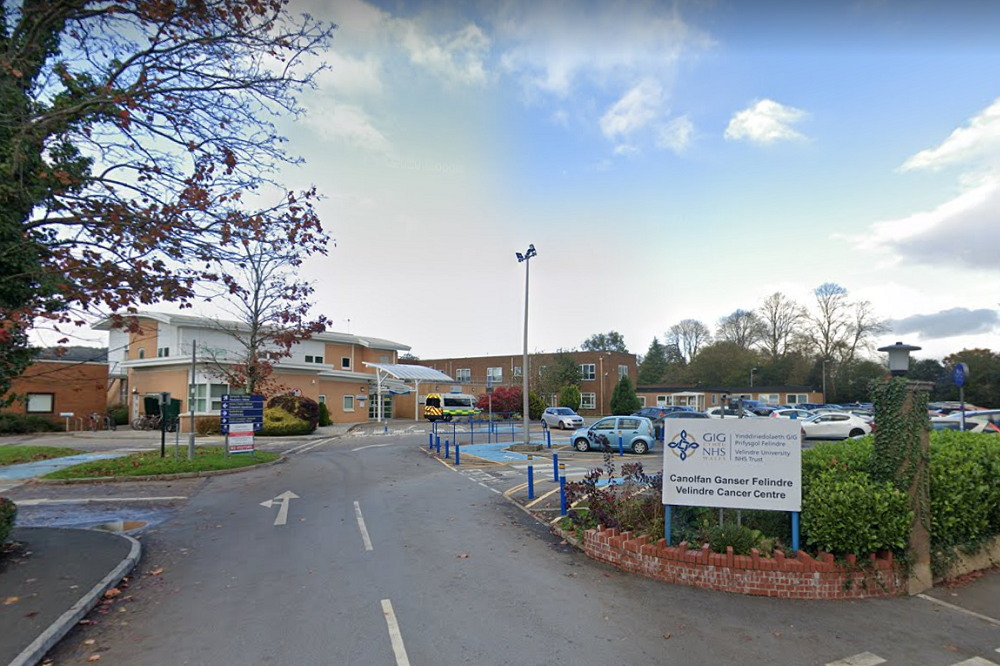
Whitchurch and Tongwynlais
The Whitchurch and Tongwynlais ward covers the area in the north of the city to the east of the river Taff. The area is wealthier than the city average, but also contains pockets of poorer parts too. A major controversy since the last election in 2017 is the construction of the new Velindre Cancer Centre on the Northern Meadows, which has proven hugely unpopular locally due to the ecological damage including the felling of hundreds of trees.
While the need for a new cancer hospital is widely recognised, many locals have campaigned against the loss of the Northern Meadows, with two prominent campaigners standing for election in the ward under the Common Ground Alliance between Plaid Cymru and the Green party. The recent focus on protecting the local environment under threat from the new hospital could sway some voters towards the two parties.
The ward is a swing seat, switching hands between Labour and the Conservatives five times since 1991. The area currently has four Tory councillors. In 2017, Conservatives won 41.5% of the vote, with Labour not far behind with 38.6% of votes, followed by Plaid with 13.8% and Liberal Democrats with 7.7%.
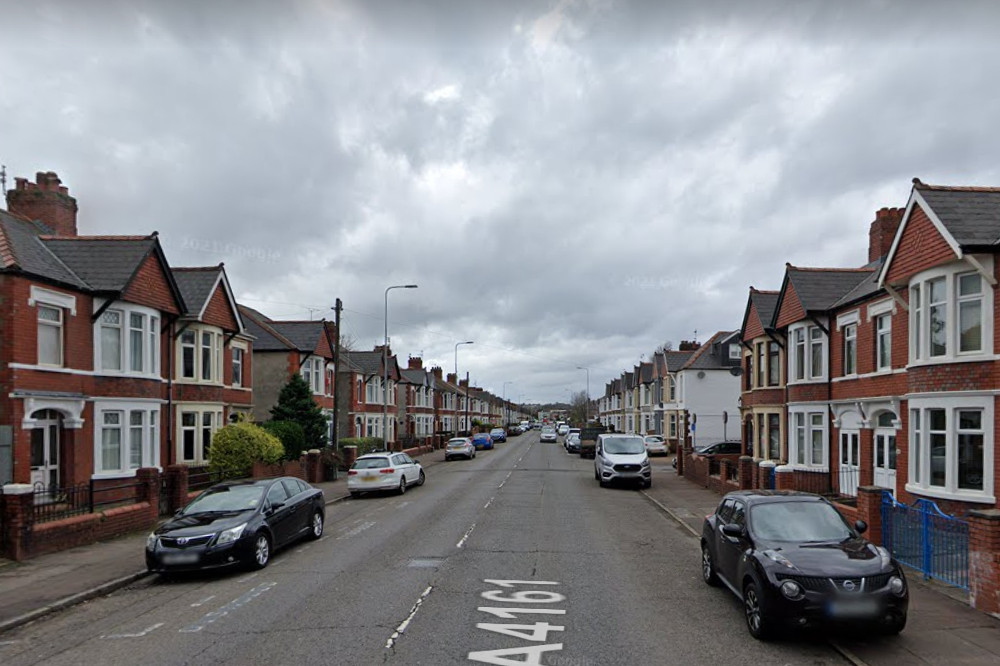
Canton
The Canton ward in the west of the city covers the area east of the River Ely, south of Pencisely Road and up to Llandaff Road, where it borders the Riverside ward which includes Pontcanna. The area is represented by three councillors, and has been held by Labour since at least the past three decades.
Despite being a Labour stronghold, Plaid Cymru have made significant headway in recent elections in Canton. Another factor is the Labour stalwart Ramesh Patel is retiring this election, having represented the ward for 21 years, opening up an opportunity for an opposition party to claim his seat.
Canton is one of the oldest wards in Cardiff, having been included on the town council created in 1836. One notable councillor to represent the ward in the 1880s was Samuel A Brain, the founder of Brains Brewery, who later became the city’s mayor.
In the last elections held in 2017, Labour won 42.3% of the vote, followed by Plaid Cymru with 37.5%, Conservatives with 11.9%, and Liberal Democrats with 6.7% of the vote.
Support our Nation today
For the price of a cup of coffee a month you can help us create an independent, not-for-profit, national news service for the people of Wales, by the people of Wales.





I don’t know about these wards but all I have received from all the candidates in the Riverside ward is one somewhat uninformative leaflet from the Labour party.Although I know who I will vote for just like the Tory and Labour donkeys.
Can’t wait to see the boy Mcevoys kicked out on his big, fat ar5e!! (again).
Jobs going in Amazon, I’ve heard Neil boy! 😉
I can’t wait to see social media better regulated so that people are required to use their real names on forums such as this. As for the election, I’ve already voted by post for the 2 PC candidates in my ward, but if I lived in Cardiff I’d vote for Propel. In both cases, indy candidates local to their Wards and responsive to their people.
I agree. Wales needs maximum choice to encourage more of the population to feel represented.
Is the Grangetown Liberal result of 67.1% right? I thought they came fourth.